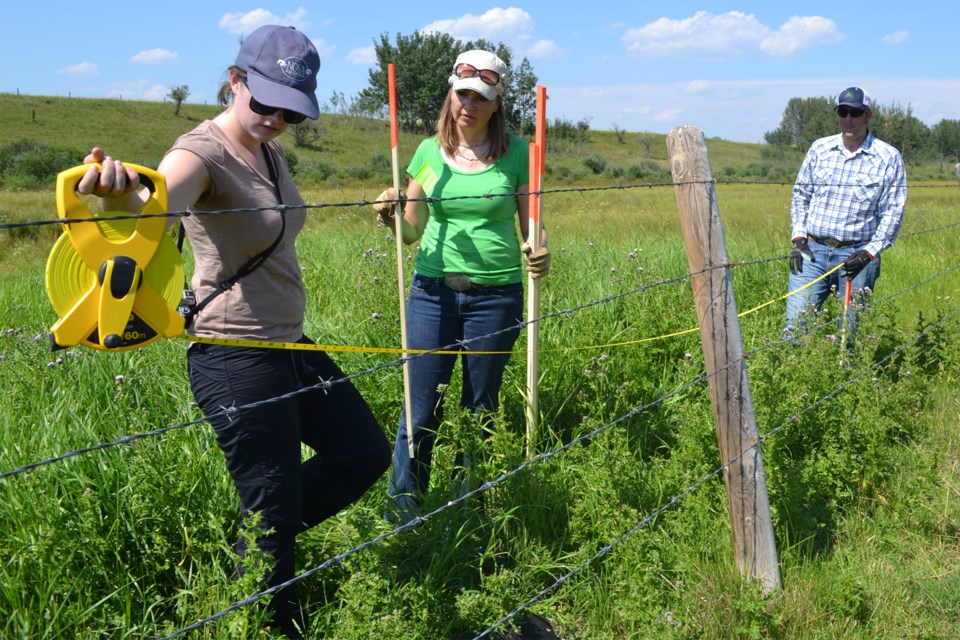MOUNTAIN VIEW COUNTY - The Grey Wooded Forage Association (GWFA) has updated members of the Mountain View County agricultural service board (ASB) on the association’s recent activities and projects.
The review came during a recent ASB meeting, with GWFA agriculture field specialist Greg Paranich appearing as a delegation.
Established in 1984, GWFA is a non-profit producer organization supporting forage and livestock strategies for sustainable agriculture.
“We strive for environmentally sustainable and productive re-generative agriculture practices,” he said.
The organization’s field service area covers six counties, including Mountain View and Red Deer. He said the group’s four areas of focus are forage production management, grazing and livestock management, environmental sustainability, and soil health and re-generation.
Areas of activity include applied research field projects, workshops, field schools, webinars, the preparation of environmental farm plans, producer consultations and advisory services, communication and network activities.
Paranich outlined some of the field projects undertaken by GWFA over the past year including the Canada thistle stem mining weevil project, the soil health benchmark sampling project, and the rancher research extension project.
Mountain View County is the location of two of the four sites involved in the Canada thistle project, which has the goal to establish a population of stem mining weevils for biological control of Canada thistle in riparian and environmentally sensitive areas where herbicide, mowing or grazing control cannot take place, members heard.
Started in 2016, the project sees thistle plants cut open in early July to observe weevil larvae presence, or evidence of their damage.
“Due to the uncertainty of circumstances imposed by the COVID-19 restrictions, the July (2020) larvae counts were unable to be conducted,” he said. “Subsequent Canada thistle mortality in August could not be correlated without the larvae activity.”
In 2021, monitoring protocols resumed with the two Mountain View County sites seeing some larvae decreases, but also a reduction in Canada thistle populations.
The year 2022 will be the final formal monitoring year of the project with a final report on the trends observed to follow.
“As with any biologically-driven venture, the environmental influences on individual sites becomes apparent,” he said. “One of the observations along these riparian areas, is sites experiencing spring flooding had the most reduction of weevils. Siting of future releases will recommend avoiding of frequent flood plain areas.”
The Rancher Research Extension Project has the objective to provide a framework for enhancing adoption of recent innovations relating to management of cow-calf, backgrounding and feedlot operations in Alberta, he said, noting ranchers involved in the project include two from the Sundre area.
Videos have been produced as part of the project and can be found at the Grey Wooded Forage website.



